Talking about Thai eating culture without mentioning the traditional dipping sauce is quite incomplete. We have an eating culture that by design caters to everyone’s palette. We’re actually not a food Nazis like many other countries’ food cultures. And no, I don’t count myself in with my peers. I am a semi recipe Nazi 😉 heehee.
That’s may be one of the reasons why, even when our culinary heritage has been ruined left and right by someone who “claims to know” Thai food either by visiting our country decades ago or because they “eat Thai food at least once a week, if not more”, we still let them do it without importing an elephant in to step on them.
We do adjust a dish’s taste to suit everyone’s palette, with the sauce as the primary adjuster, and we have “Poung Phrik, พวงพริก”, a set of condiments and seasonings, on the table as a secondary adjuster. If you’ve ever been in a noodle shop in Thailand, you might be familiar with this set of four seasonings: ground dried red chili flakes (Phrik Pon), granulated sugar, fish sauce and chilies in vinegar.
This set of condiments on the table might vary depending on the type of food they serve in that particular restaurant. For a pork noodle restaurant, for example, the fish sauce might be in a bottle on the table and one of the quartet is replaced with crushed roasted peanuts. For a boat noodle shop, the sliced red chilies in vinegar might turn into crushed red chilies with garlic in vinegar or, worse yet, crushed yellow chilies in vinegar, (boasted as the hottest…and it is!)
The “one dish” shop or the “made to order” kind of food (usually serving drunken noodles, Pad See Ew, or rice topped with an omelette, or rice topped with some stir fried meat and holy basil) would replace the fish sauce with “Nam Pla Phrik”, the fish sauce with slice bird’s eye chilies and lime juice.
The “Khao Soi” shop will have the red chili flakes stir-fried in oil instead of the dried red chili flakes. I’m only scratching the surface of the “Poung Phrik” culture here. (Please, look down below for the Thai translation in the Glossary)
We don’t believe that the chef, regardless of how many Michelin stars he/she has received in the past, would cook EVERY DISH to please everyone’s palette, especially the level of heat from chili. Most French chefs who come to Thailand can’t help but get mad at the Thai customers who always ask for “more sauce on the side, please”. Can you imagine the frustration for the chef? If they weren’t bald to start with, they would have pulled their hair out until they’re bald by the end anyway.
Their hair will start to grow back when they understand about the “Poung Phrik Culture”. By the way, Thai don’t consider that they have Poung Phrik Culture. It’s the sarcastic name used by my favorite pastry chef, who’s Thai but makes all the pastries in her shop, “Let Them Eat Cake”, with the traditional French method, which is very specific about all the ingredients and sauce quantities. She gets so frustrated with Thai customers who keep asking her to “customize” their orders, that she coined the phrase Poung Phrik Culture, to describe their behavior. (Ahem, they are eating dessert, for Christ’s sake! Just eat it!)
I will tell you the varieties of “Poung Phrik” when I write the blog about the various noodles served in Thailand, which I plan to post later this year once I’m done with the curry paste posts.
Why do I say that Nam Jim is the “premium” dipping sauce? It’s not premium by the ingredients, but by virtue of the fact that the sauce is made just for the dish. Thai like a variety of tastes: salty, sour, sweet and spicy. If the food only offers one or two accents, Nam Jim or Nam Chim is going to cover all the rest. Nam Jim sauces are mostly a combination of all the four tastes.
Nam Jim could be a make-it or break-it for a restaurant business in Thailand, believe it or not. If you’ve ever seen a restaurant row in any beach city and one restaurant has many more customers than the others, you can suspect that the popular one serves a better Nam Jim, because barbecued seafoods don’t need much more than fresh seafood to start and a good dipping sauce. That’s how important Nam Jim is in Thai cuisine.
So, let’s introduce you to “Nam Jim”, the Thai dipping sauce. The first and most popular is the “Nam Pla Phrik”. As you may know, Nam Pla is fish sauce and Phrik is chili. This is not difficult to guess what’s in it. The unpronounced ingredient is lime juice.
Ingredients for Nam Pla Phrik
Fish sauce 1-2 tablespoons
Lime juice 2-4 teaspoons
Bird’s-eye chili, sliced or crushed (depending on how you want to eat them) 1-10 pods
The amount of chili used depends on the size of the chili and how spicy you like it. The one sold in Thailand is small, about 1” long with 1/4” in diameter or smaller (That’s the killer chili, so be careful.) The type they sell here is about 1 1/2”- 3” long with 3/8” in diameter. I only use…(err, if I ever use it at all) ONE!
You just mix them all together. Yield is between 2 tablespoons to 1/4 cup
Nam Pla Phrik is the most common “Nam Jim”. you can add this to an omelette, stir fried meat with holy basil (Pad Ka Praw), stir fried meat with onion and chili (Pad Phrik), Pad See Ew, Drunken Noodles (Pad Kee Mao), Fried fish and many, many more.
I would say this is good for the stir-fried dishes (but not limited to) because it adds the salty and sour taste together with the spicy or hot from the chili. Some people want it just for the sake of having it nearby with every meal.
The next one is also very popular outside the country. This is the famous “Nam Jim Gai” or “Nam Jim Kai” (I prefer to use “Gai” for the chicken and “Kai” or “Khai” for the egg. The pronunciation is quite similar so I have to differentiate them in my karaoke Thai here). The sauce is for grilled chicken, but it is actually widely known as Thai sweet chili sauce.
I was so surprised to discover this sauce in a sealed tiny plastic disposable container (like a mini jam container) as part of the multiple sauces, butter and jam offering on the table in the South Pacific! I’ve found it again in south of France, too.
It is a versatile dipping sauce for grilled meat and fried food. It also can be mixed with crushed peanuts and cucumber, like the sauce I used for Tod Mun. The sauce in my last post, Thai grilled chicken, Gai Yang, is also another appropriate dish for this sauce.
This type of sauce is supposed to be thick and syrupy, with flakes of fresh red chili floating in it. You can choose the level of spice by selecting the type of the chili and adding the seeds and membrane, or not (seeds and membrane are where the heat resides most in the chili pod, but the shell also contains some heat as well).
Of course, my option for seeds and membrane is NONE.
You can make a bigger batch, put it in a jar or bottle and store it in the fridge. Normally you might see the chili floating on the top. That’s why you have to shake the bottle before use.
Some people will put corn starch or tapioca starch in it to settle the chili flakes. I found that awful! I won’t do it. I just boil the contents down if I want a thicker syrup. This set of ingredients are for small portions, about half a cup. I normally make a big batch and store it in the fridge for use the whole year.
Ingredients for Nam Jim Gai (Thai Sweet Chili Sauce)
Fresh red (only red) chili I used the red Jalapeño chili and take all the seeds and membrane out. 3 pods, chopped
Fresh garlic, crushed or minced 1 teaspoon
Pickled garlic, chopped 2 tablespoons
Brine in the pickled garlic jar 1 – 2 tablespoons
Vinegar 1/2 cup
Granulated sugar 1/2 cup + 1 tablespoon
Salt 1 teaspoon
Method for Nam Jim Gai
1) Crush the chilis and garlic in a food processor
2) Put vinegar, sugar and salt in a pot and bring it to a boil
3) Add the crushed red chilis and garlic and bring it back to a boil.
Let it boil for a while until the contents are reduced and the chilies are all cooked. Takes about 2-5 minutes depending on the total volume of liquid in the batch.
4) Store in clean jars.
Another Nam Jim for grilled chicken I mentioned in the last blog is “Nam Jim Jaew”, the hot, sour and spicy dipping sauce for grilled meat and sticky rice. This is a Northeastern versatile dipping sauce. The sourness of the sauce is from tamarind pulp. The chili is ground dried chili flakes. I also add a pinch of sugar just to substitute for the MSG, which is normally added to the sauce.
The other difference in this dipping sauce is it has toasted rice and green onion in it, too. This is the sauce that you make as you need and never make too much of it.
Ingredients for Nam Jim Jaew
Tamarind pulp 1-1/2 tablespoons
Fish sauce 2 tablespoons
Ground red chili, or dried red chili flakes for the less spicy version, 1 teaspoon – 1 tablespoon (as much or as little as you prefer, actually)
Palm sugar 1/4 teaspoon
Toasted rice 1/4 teaspoon – 2 teaspoons can be added (the more toasted rice the thicker the sauce would be)
Chopped green onion 1/2 – 1 teaspoon
Simple method again, just mix them all together.
Another Nam Jim that I consider “basic” is “Nam Jim Seafood”, or some might call it “Nam Jim Pae Sa”. This is the dipping sauce for seafood: grilled or steamed fish, shrimp, crabs and all mollusks.
This is the dipping sauce that I carefully carry in my purse (wrapped with muti-layered paper towels and plastic bags) when I go to any seafood restaurants that don’t offer any more than butter for dipping the seafood. I wish in the future this dipping sauce might become so popular I don’t have to carry it around myself. It’s not fun if it leaks. Regardless of how expensive my purse might be, it’s done after the incident!
I sometimes sell my used brand name purses on Ebay when I’m done with them and am ready to buy a new one, but the new one is so expensive I offset it with the money from my old used purse. Once I listed one of the premium purses for sale with the remark that I once leaked a sauce in it but it had been cleaned by the store. The potential buyer asked what the ingredients of the sauce were. I told her.
She wrote, “Fish sauce and garlic? OMG how dare you sell it and hope that anyone would buy it!”…What’s a beeyotch…but she was half right because I had spent $150 to clean the frigging smell out of the darn bag. Heed this warning: if you need to put the dipping sauce in your purse, doubling the plastic bag helps!
Ingredients for Nam Jim Seafood
Fish sauce 1 tablespoon
Lime juice 1 tablespoon
Garlic, minced 1 teaspoon
Cilantro stems, minced 2 teaspoons
(Optional) Granulated sugar a pinch, or 1/2 teaspoon
(Optional) Crushed fresh green chili (jalapeño or bird’s-eye) 1/2 – 1 teaspoon
Simple method: mix them all together. This is the sauce that you make as you go and never make too much, too.

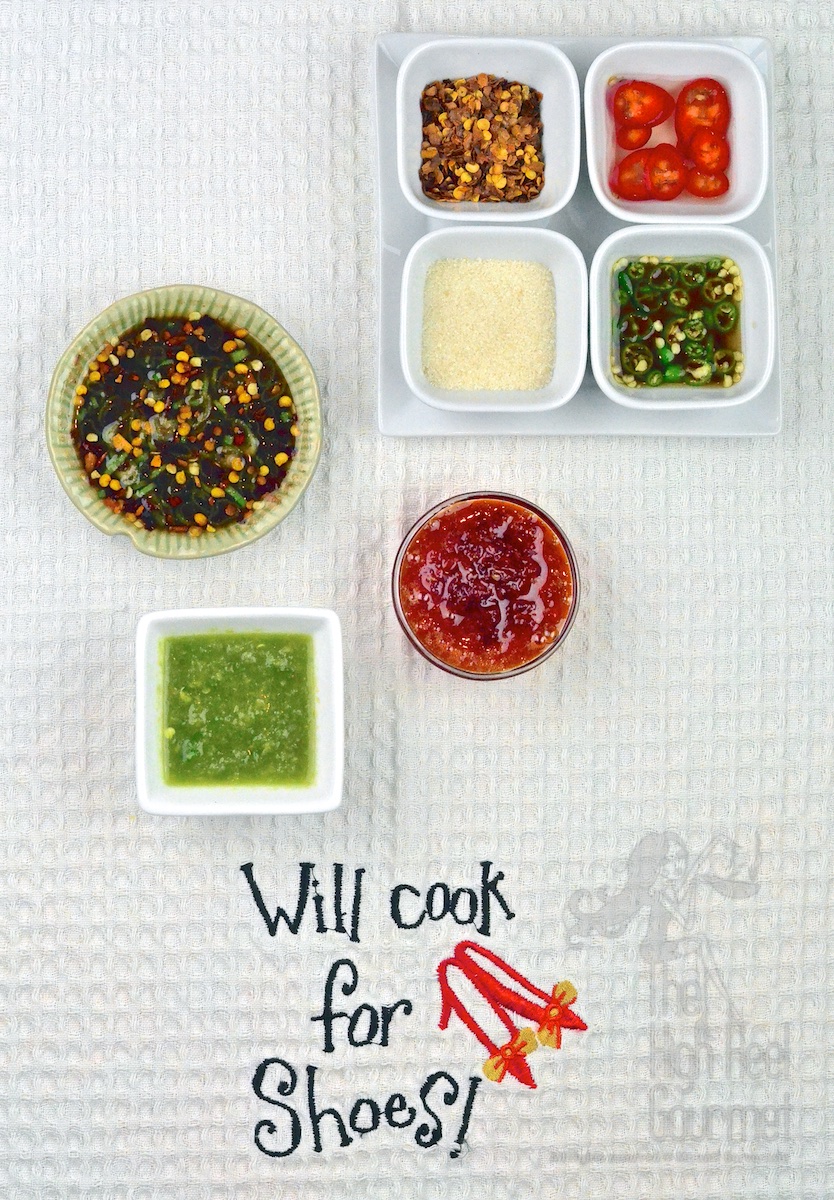
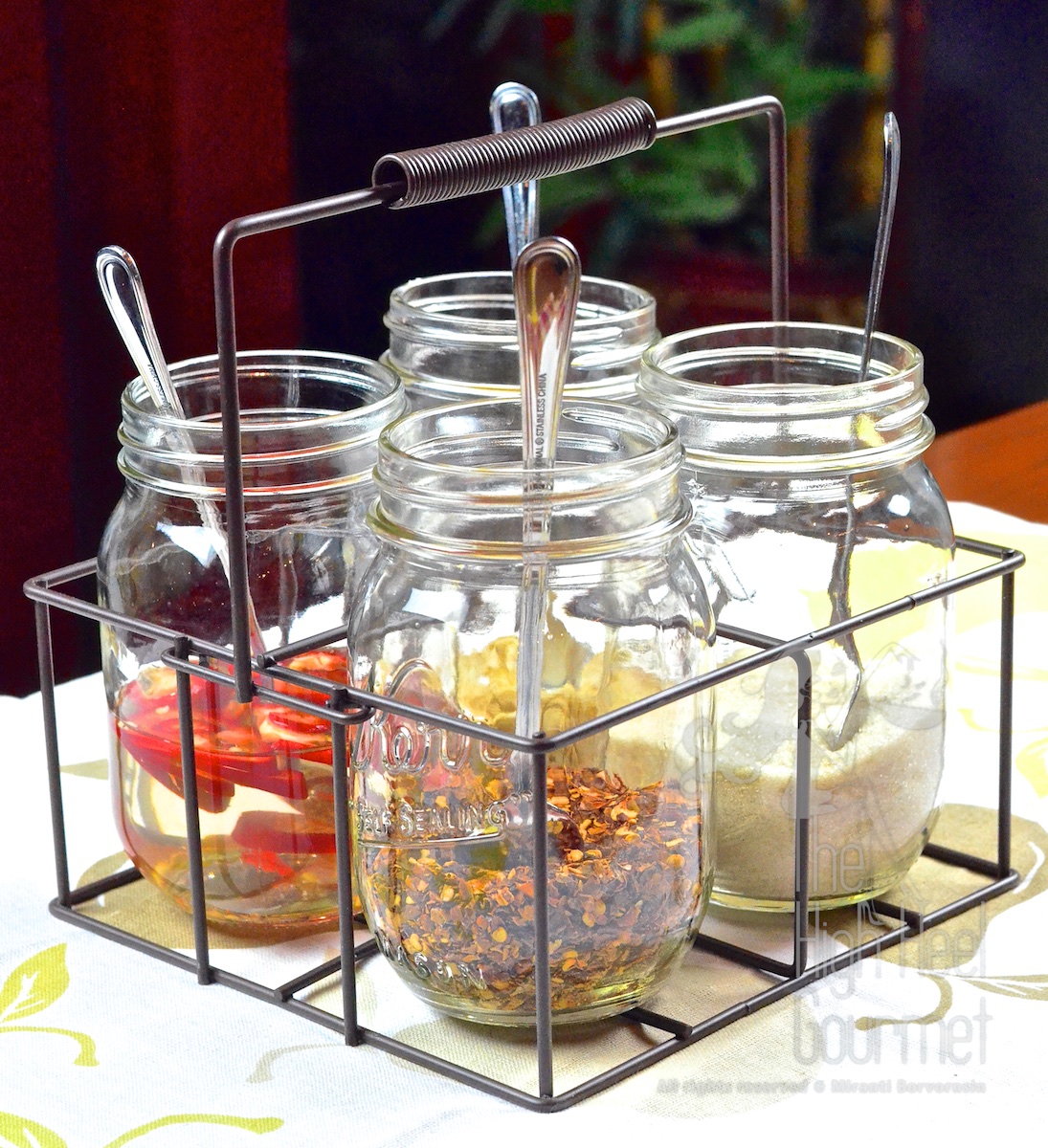
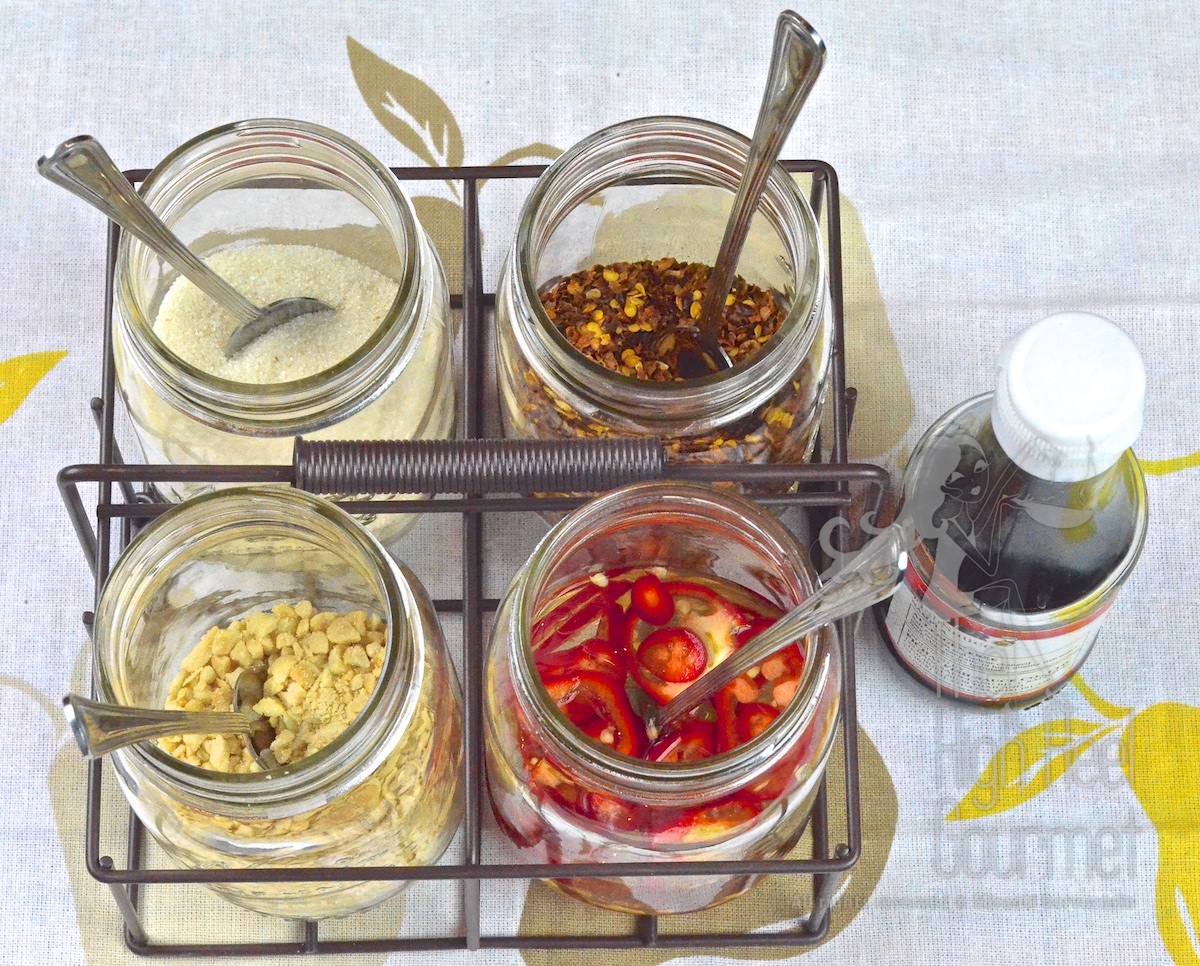
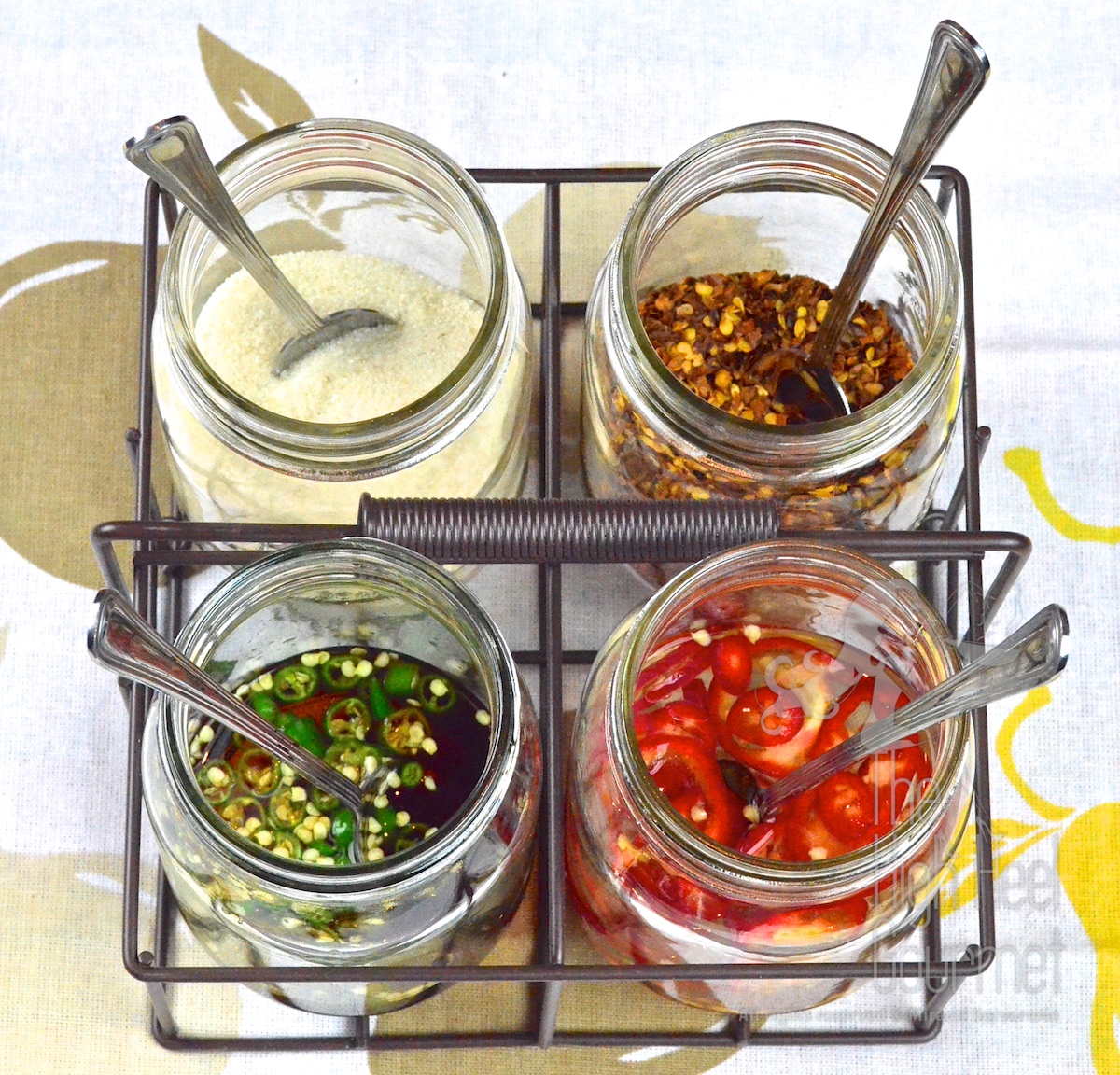
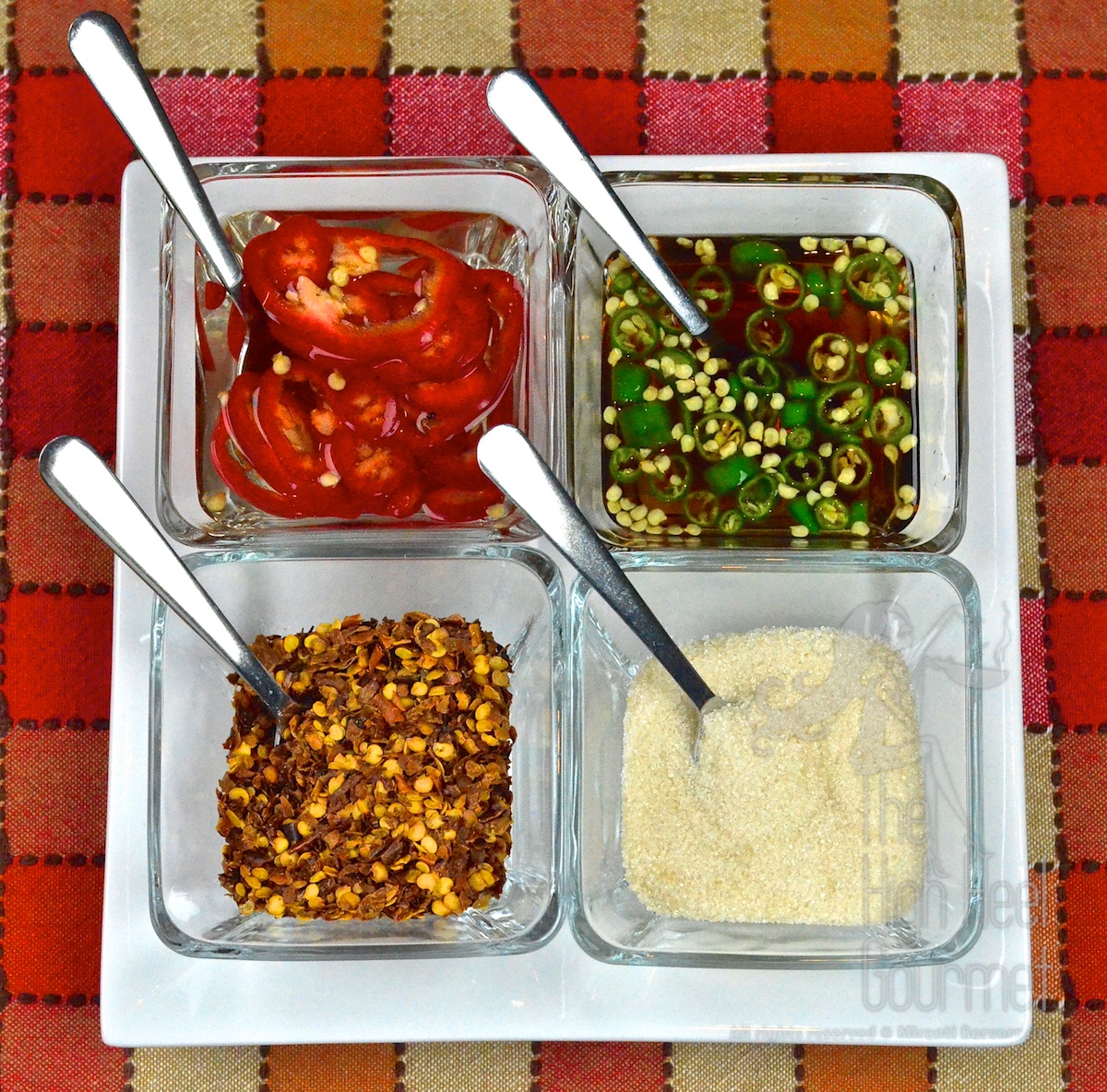
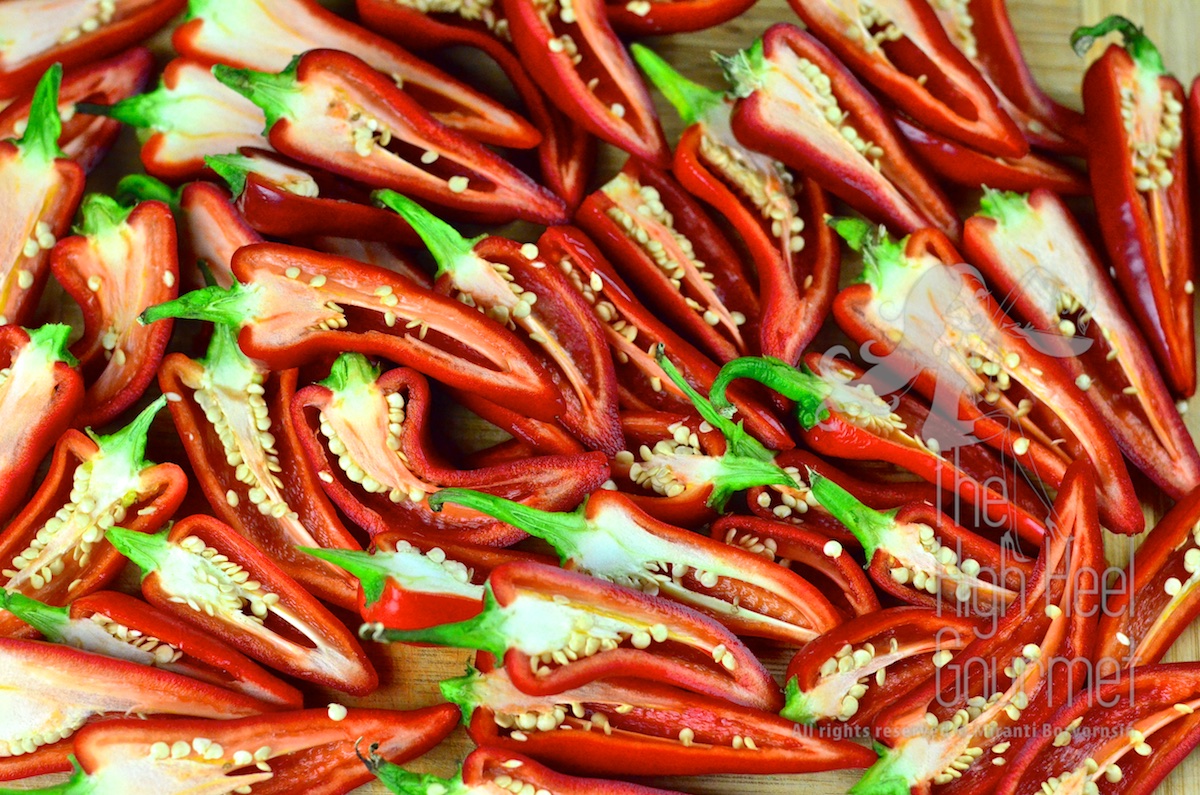
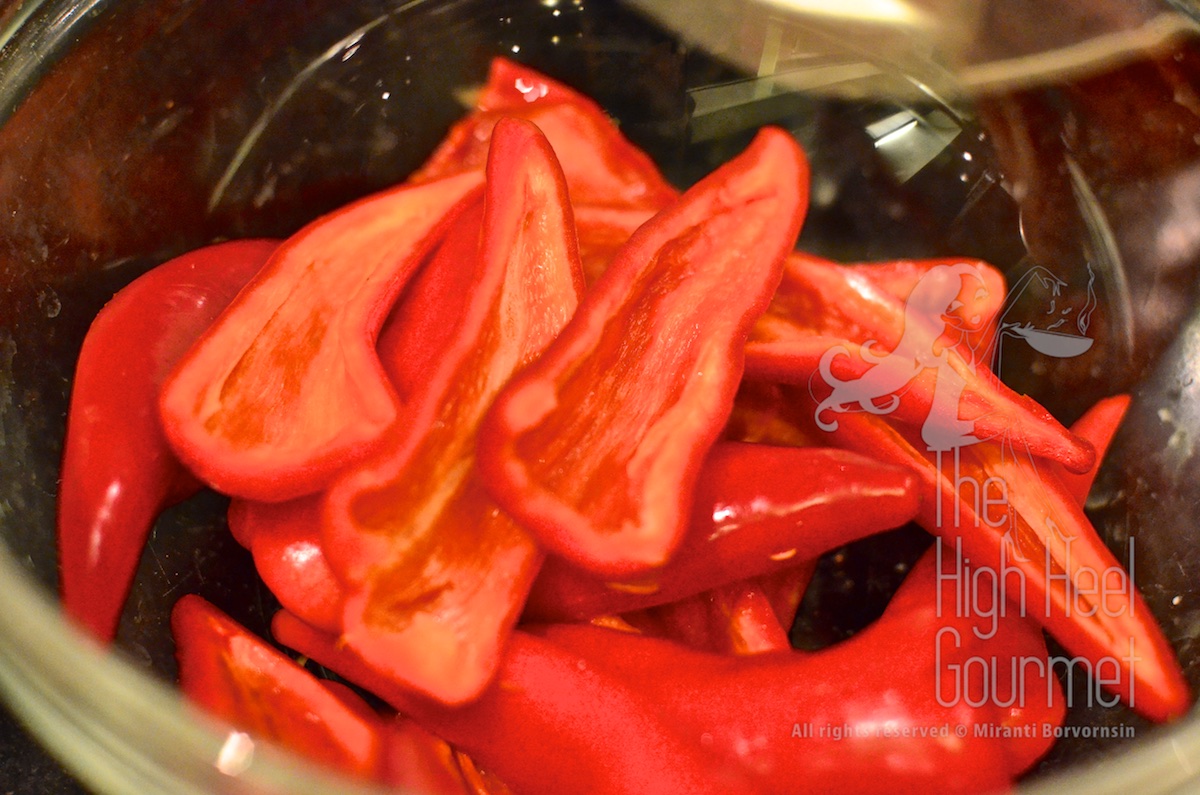

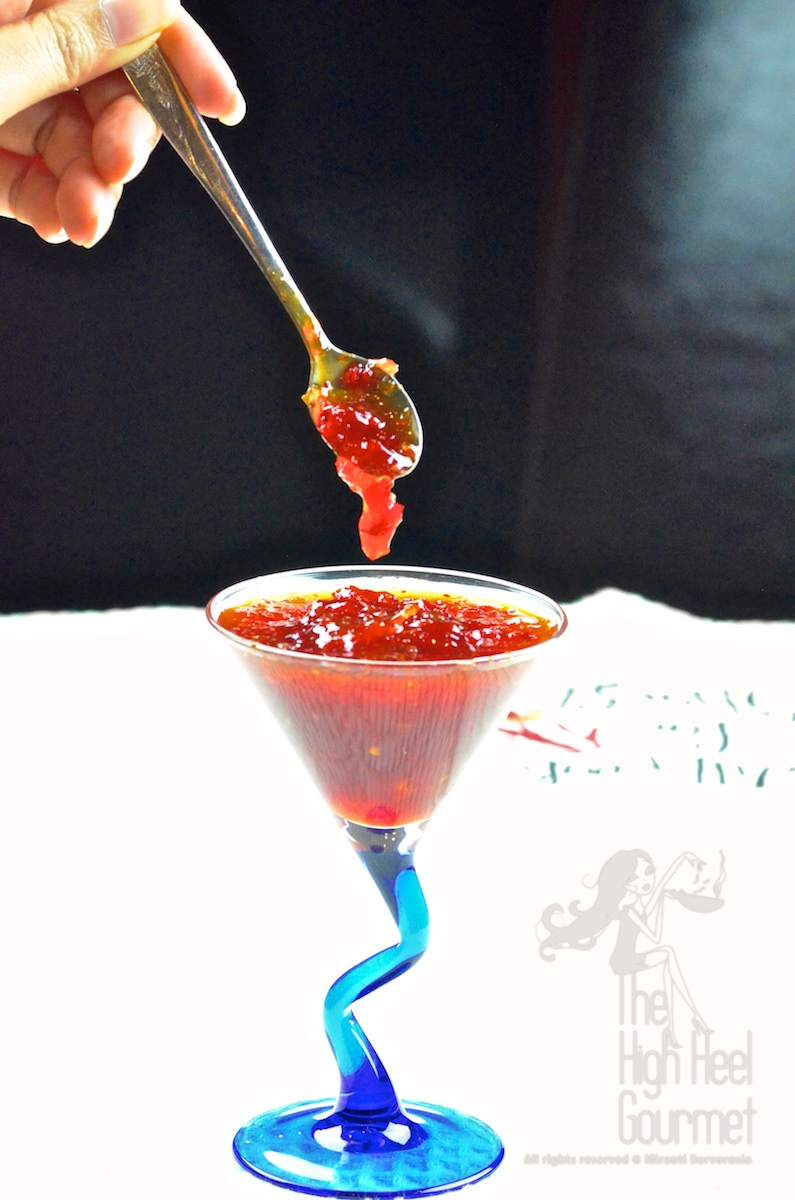
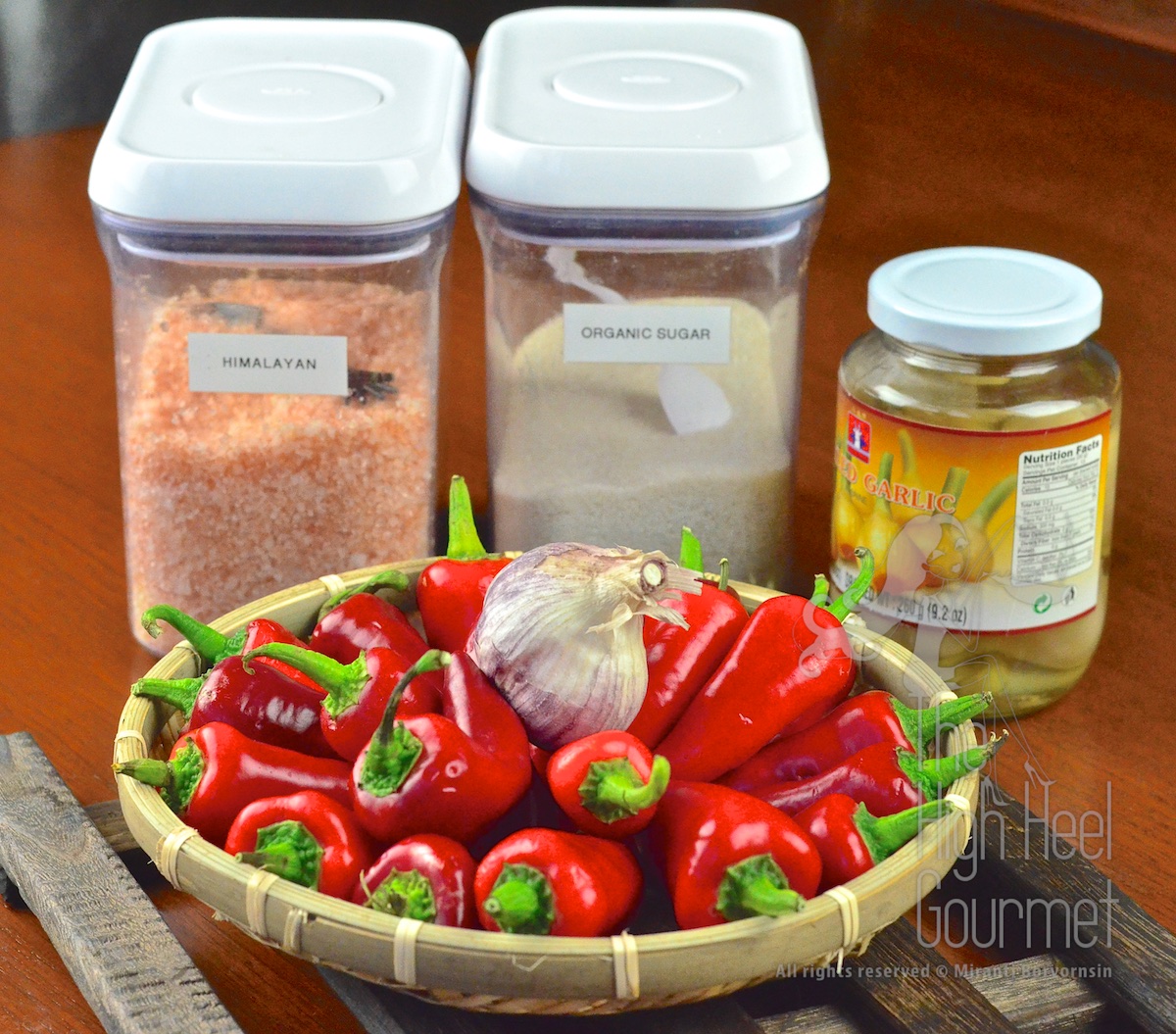
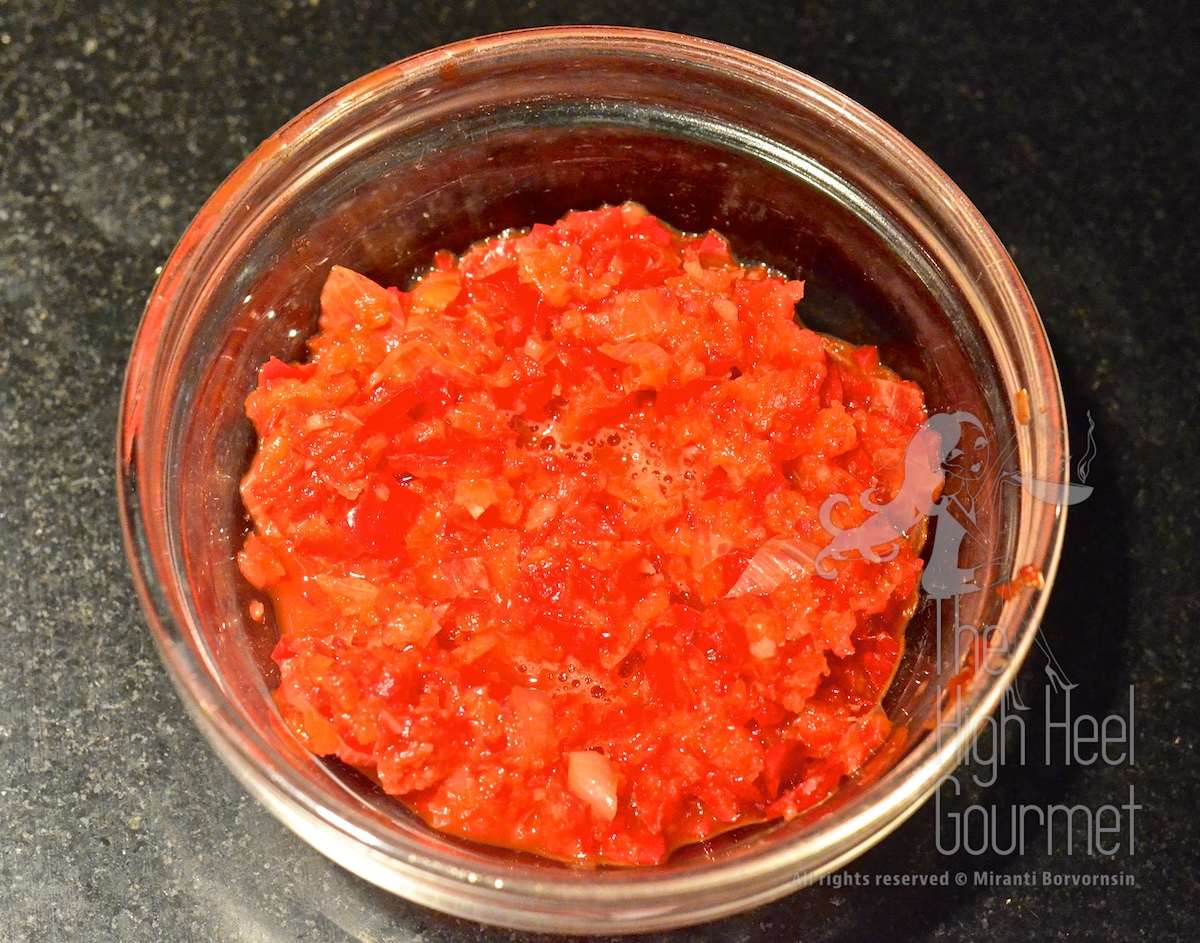
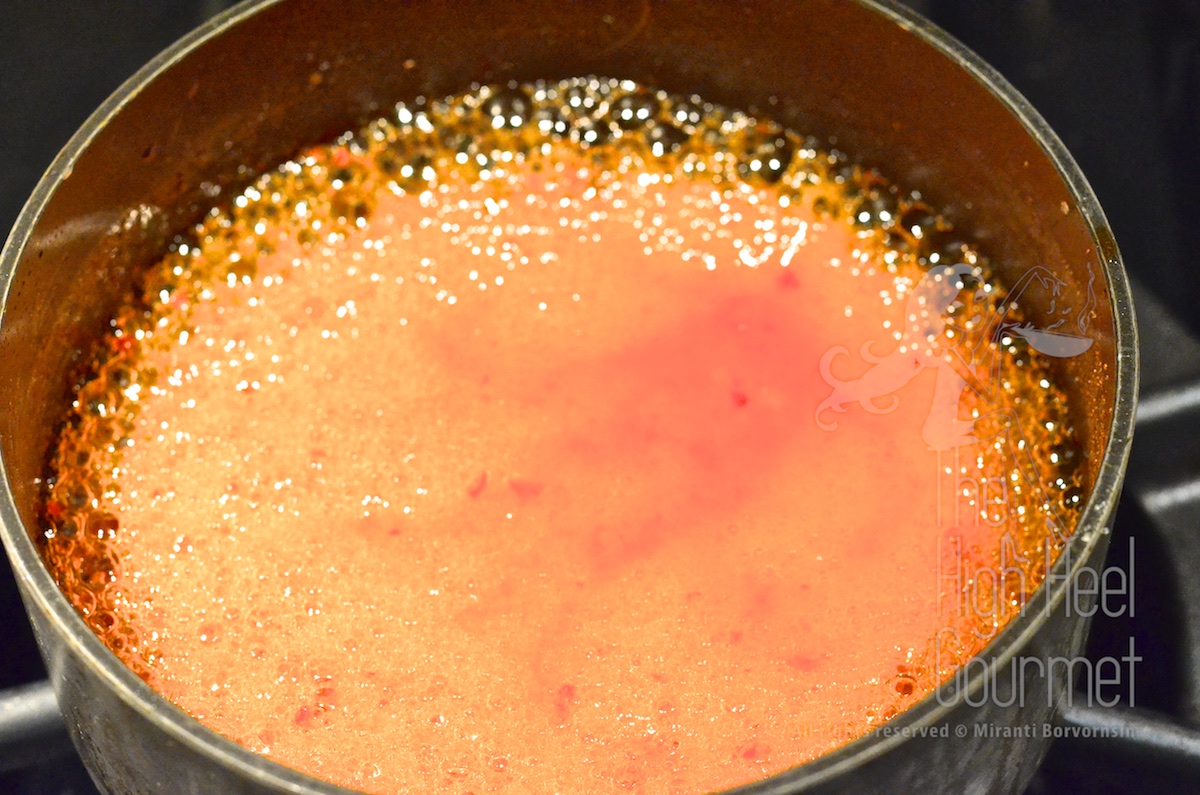
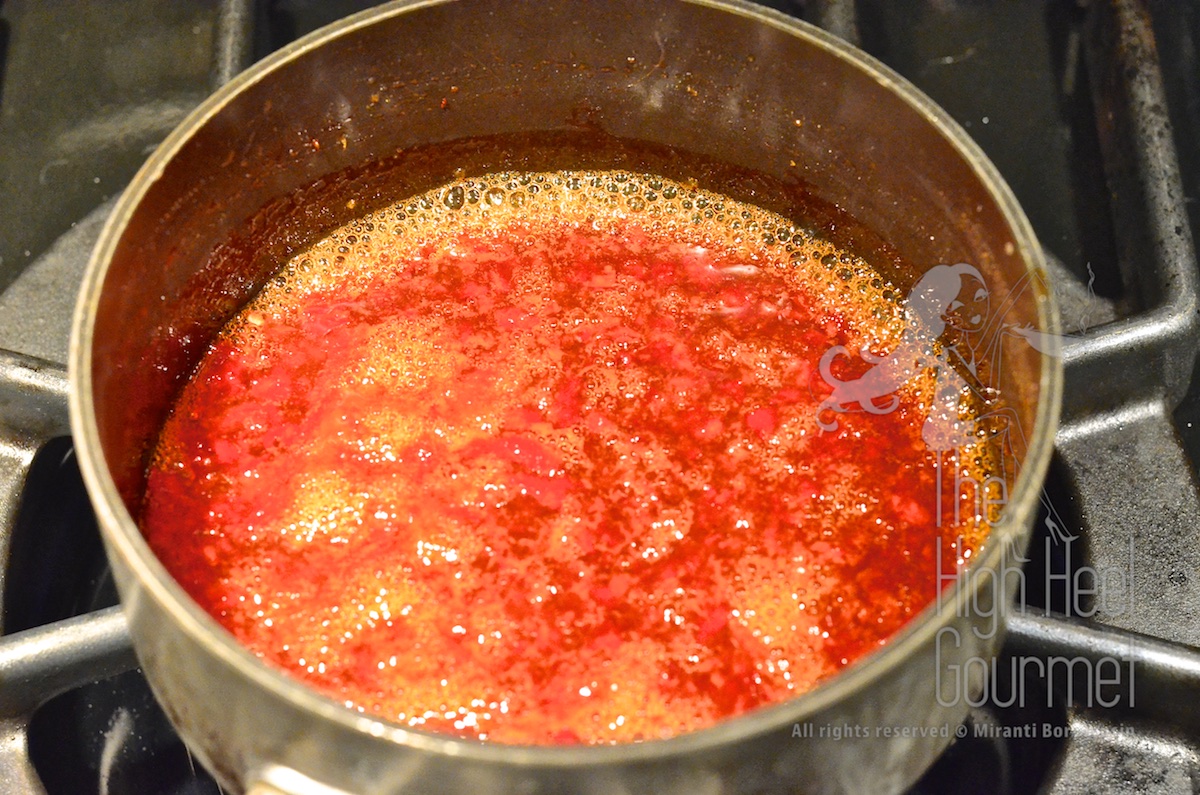
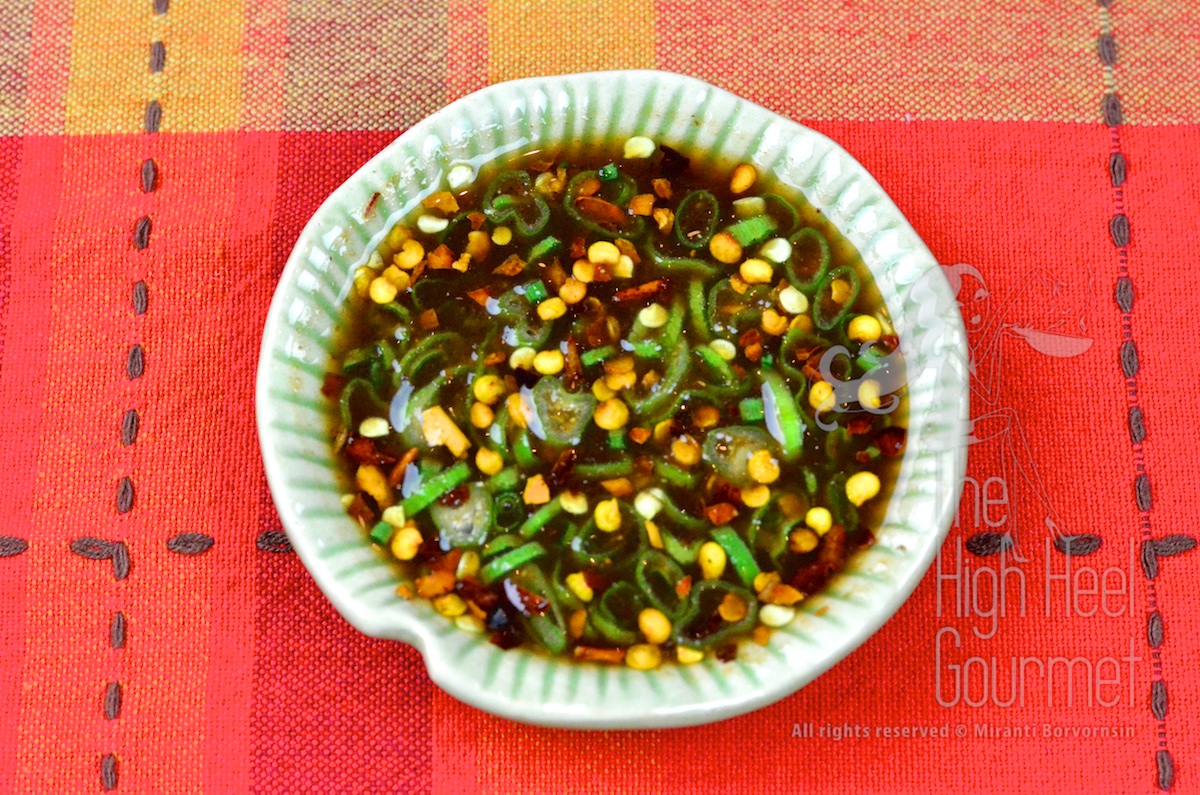
Reblogged this on The ObamaCrat™.
Inspiring and beautiful post and photos!
I love dipping sauces! I’m a dipaholic! Thanks for this!
These all look beautiful and delicious! Thank you for all 4 recipes!
As always, excellent instructions and gorgeous images.
Ohhhh! So glad I have found your blog!!
Gina
I have been browsing on-line more than 3 hours these days, yet I by no means discovered
any fascinating article like yours. It is beautiful value enough for me.
In my opinion, if all website owners and bloggers made just
right content as you probably did, the internet will probably be a
lot more useful than ever before.
Thanks
Thanks so much for clarifying the different sorts of nam jim sauces. I can sympathize with you on the handbag leaking- taking Thai food for lunch regularly has caused me a few accidents too!!
My father who lived in Thailand for a few years (and speaks thai) makes something similar, but it is Nam Pla, Vinegar, and Prik ee noo. He just called it “Nam Phrik” (sometimes he said things more simply for us). Do you know of this variation of Thai sauce? Because I’ve had a hard time finding this specific combination, though I’ve come across MANY different variations. Thanks!
That’s is the most basic one. It’s considered the modified “Nam Pla Phrik”. I think your father just didn’t like or use to lime juice and prefer vinegar over the lime juice. You can follow the recipe that I have here but substitute the line juice with vinegar and use the real bird eyes chili (I can’t eat that).
It is prik kee noo – mouse shit chilli!
Yike!
Help! Beautiful article! But I was hoping you could help me identify a sauce that I can not find anywhere on the web. I have had a thick green paste like sauce served with beef jerky. There are chilis, cilantro (maybe basil?) along with other things I’m sure. Love, love, love it! Any ideas?
Do you have a picture? My guess is either Nam Jim Jaew or Nam Jum Seafood. The different between the two is the roasted rice powder. Show me the picture.
Nam Pla Phrik is my favorite! I make it with lots of Thai chili including the seeds! I tend to put it on/in everything. Especially like it on a plain bowl of hot rice. Thanks!
Haaaa…you are already converted to a Thai!
Hello! Lovely blog!
In the first picture at the beginning of the blog it shows 4 square bowls and 3 round. Out of the four square bowls what is the green one in the lower right called? I’m a little confused with the several green sauces you have.
Thanks so much and keep up the great work!
It’s the Nam Pla Phrik. It’s the same one as the 4th pic bottom left and 5th pic top right. This one you will see them with some sliced garlic at some Thai restaurants too.
Thank you!
Hi there! I have tried several dipping sauce from Thailand. tow that caught my attention were the ones made by pichai fish sauce company. the seafood dipping sauce and the fish sauce mellow taste. what do you think about these two? do you have friends who uses them?
Unfortunately not. We like the normal taste fish sauce. I think they probably do the mellow taste just for export but also not sure.
Hi there,
Landed on your extremely informative and helpful website after googling “Difference between Nam Jim and Nam Phrik ” , but have not spotted an answer.
Is there a simple explanation please?
Keep up the brilliant work!
Richard
Nam Jim are sauces. Their purpose is use as dressing or accompaniment. There are main dishes or you can consider that “subjects” to be dressed or dipped with Nam Jim.
Nam Phrik are staple dishes in the Thai meal set. Sometime they are called relish in English. Nam Phrik usually consist of chili, garlic, souring agent (tamarind, lime juice, tomatoes, sour fruits, etc.), salty ingredients (fish sauce, salt, ferment soy bean, fermented tofu, salted fish, shrimp paste, etc.), protein (dried shrimps, dried fishes, cooked fresh shrimp, roasted fish, ground pork, etc.), sugar is optional. Nam Phrik is intended to be eaten with a lot of fresh vegetables or it can be eaten as an accompaniment to some dishes too. But in general they are stand alone dishes.
You probably have a hard time finding article written about Nam Phrik in English because they are not popular among foreigner even though they are the dish that can’t be missed in the Thai dinner set in the old time.
Ask more if you are still interested in them.
Hi there,
Landed on your extremely informative and helpful website after googling “Difference between Nam Jim and Nam Phrik ” , but have not spotted an answer.
Is there a simple explanation please?
Keep up the brilliant work!
Richard